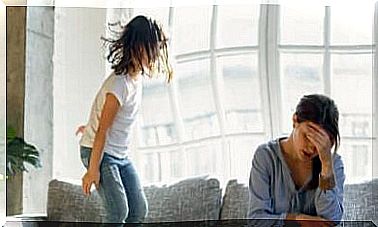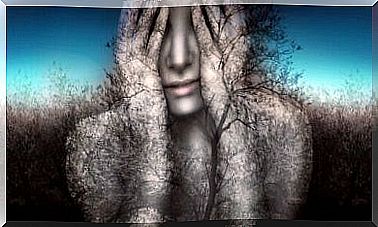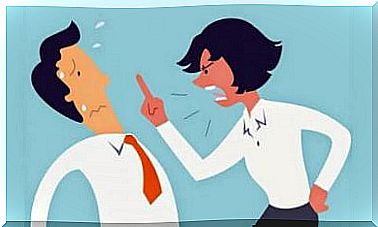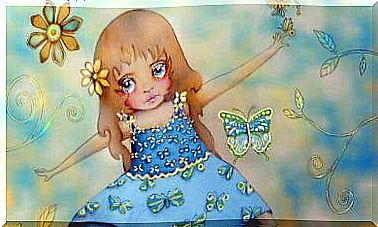Read All About Charles Bonnet Syndrome (CBS)

Of all human senses, sight can be the most dominant. We depend on this capacity to perceive environmental images. Therefore, health-related conditions (such as Charles Bonnet syndrome) that affect vision are particularly threatening. For this reason, there is a huge allocation of resources and efforts dedicated to the prevention, treatment and cure of these conditions.
You are probably familiar with many of these eye diseases, such as myopia, astigmatism and cataracts. On the other hand, there are many other cases of age-related macular degeneration that are not so well known. In this article we will discuss Charles Bonnet syndrome which is quite special.
What is Charles Bonnet Syndrome (CBS)?
As mentioned above, CBS is a visual disease. It is one of the least known and most misunderstood medical conditions that exists. It is characterized by visual hallucinations in patients who lose their sight. Thus, it usually manifests itself in people with vision problems caused by cataracts or glaucoma. It also manifests itself in patients where the primary visual center is damaged.

The hallucinations caused by Charles Bonnet syndrome are very lively and realistic. Unlike other disorders characterized by hallucinations, patients suffering from this syndrome know that what they see is an optical illusion. Thus, it is different from schizophrenia or from hallucinations induced by psychoactive drugs.
Interestingly, this disorder manifests itself in otherwise healthy people with hallucinatory vision problems. For this reason, it is necessary to rule out dementia, mental illness and intoxication in order to diagnose someone with Charles Bonnet syndrome. Vision problems also tend to bother older people, which is why CBS is much more common in this group.
Characteristics of hallucinations
The types of hallucinations Charles Bonnet syndrome causes are different. However, they have some characteristics in common:
- A person with CBS is fully aware that they are hallucinating and knows that what they see is a mere optical illusion.
- Hallucinations are mixed with normal perceptions. Instead of completely replacing reality, the images are superimposed, and a person without CBS will not normally see this.
- Visual illusions appear and disappear at random. In this connection, it is very difficult to find a clear source for the visions or to determine a pattern.
- People with this condition are often surprised by their hallucinations, but rarely worry about what they see.
- These hallucinations tend to manifest during stressful situations, when there is a sensory overload, or when there is a lack of significant stimulation.
- Illusory images are much more vivid than reality. While the rest is blurred, the hallucinations are clear and sharp. This is because Charles Bonnet syndrome only manifests itself in people with impaired vision.
Causes and treatment of Charles Bonnet syndrome
Medical science has not yet been able to explain the exact cause of Charles Bonnet syndrome. However, several theories aim to shed light on this condition.
The most popular hypothesis states that this syndrome manifests itself when neurons no longer receive the stimulation levels they need. Thus, they become much more sensitive to all external stimuli and in some cases they can even make their own.
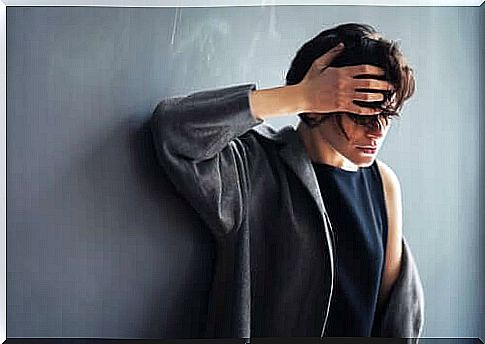
There is currently no cure for Charles Bonnet syndrome. With regard to treatment, doctors simply try to help patients understand that the hallucinations are a normal consequence of the loss of vision and that they do not have any mental health problems. This can be very reassuring and help the patient cope with the condition better.
After this, the usual approach is to try and solve the vision problem and implement measures such as:
- Changing the lighting conditions in the environment to see if the optical illusions disappear.
- When in a dimly lit area, turn on more lights or move to a brighter area.
- Using a dimmer can reduce vision if you are in a brightly lit area.
- Shift your gaze from left to right.
- Blink quickly.
- Extend your hand to touch the vision.
- To move around and / or do a specific task.
Doctors also recommend getting enough sleep at night. Apparently the hallucinations worsen when people need rest or are under a lot of stress. In most cases, surgery can restore some of a person’s visual acuity, and this in turn causes the hallucinations to disappear.

